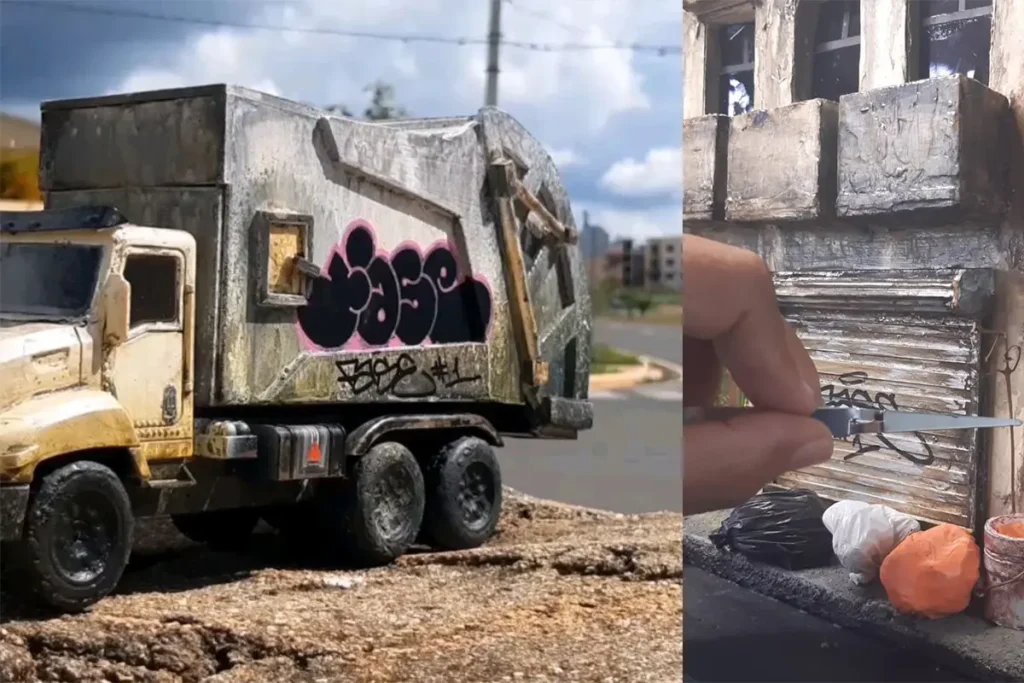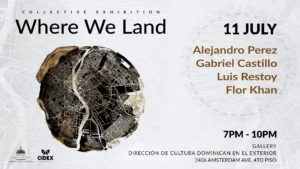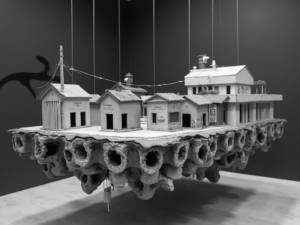By Juan Butten
Today, contemporary art has become a powerful vehicle for expressing social and political concerns, particularly regarding the environmental crisis. As an artist, I have taken on the role of an activist, using my work to raise awareness about the urgency of addressing issues such as climate change, biodiversity loss, and pollution. This intersection of art and activism enriches my practice while inviting the public to reflect and act on current issues.
Art as a Tool for Change
Contemporary artists today employ various forms and mediums to convey their environmental messages. From immersive installations to performances and public art, each piece aims to provoke an emotional and critical response from viewers. A clear example is my work “La Balsa,” created almost entirely from solid waste collected from various beaches in the Dominican Republic. This series, consisting of 20 pieces, invites reflection on the plastic crisis on our island and its future impact. It’s an urgent concern, given predictions that there will be more plastic than fish in our oceans. This project took about five years to complete.
“La Balsa” was first presented to the public at the Centro Cultural España in Santo Domingo, from November 3, 2023, to January 7, 2024, breaking attendance records. Subsequently, the work traveled to Salem, Massachusetts, to be exhibited at the Punto Urban Art Museum from May 17 to August 4, 2024. Due to its success, the show has been extended for an additional two months. With “La Balsa,” I seek to highlight Dominican culture and take it to a universal context: it is a raft that travels and will continue to be presented in different cities around the world.
Another notable example is artist Olafur Eliasson, who has created installations that simulate natural phenomena, such as his famous “Ice Watch,” where large blocks of ice from Greenland were displayed in urban spaces to highlight melting ice and climate change. These works are visually striking and serve as tangible reminders of the environmental crisis we face.
The Visual Narrative
Art has the power to tell stories often relegated in traditional political discourse. Artists like Ai Weiwei use their platform to address environmental issues, highlighting the relationship between industrial development and environmental degradation. His work not only denounces pollution but also emphasizes the social responsibility of communities in preserving their surroundings. Through visual narratives, these artists connect emotionally with the public, facilitating a deeper understanding of the issues they tackle.
Community and Collective Action
In addition to their individual efforts, many contemporary artists promote collaboration and collective activism. Projects like “The Ocean Cleanup,” where artists, scientists, and activists work together, reflect how art can be a catalyst for community action. These initiatives not only raise awareness but also mobilize people to participate in practical solutions, such as ocean clean-ups or reforestation.

Reflections on Responsibility
The role of the artist as an environmental activist raises questions about the ethical responsibility of creators in a world in crisis. Many of us feel driven by a sense of urgency, convinced that our work must contribute to social change. This responsibility manifests in the choice of sustainable materials, a commitment to ecological practices, and a willingness to educate the public about the implications of our works.
Conclusion
Contemporary art, through the voices of its creators, plays a crucial role in the fight for a sustainable future. Artists, as environmental activists, not only generate awareness but also inspire actions and changes in how we perceive and care for our planet. By addressing social and political issues from an artistic perspective, we transcend barriers of language and culture, inviting everyone to participate in the urgent task of protecting our home. In a world facing unprecedented environmental challenges, art stands as a beacon of hope and a call to action.









